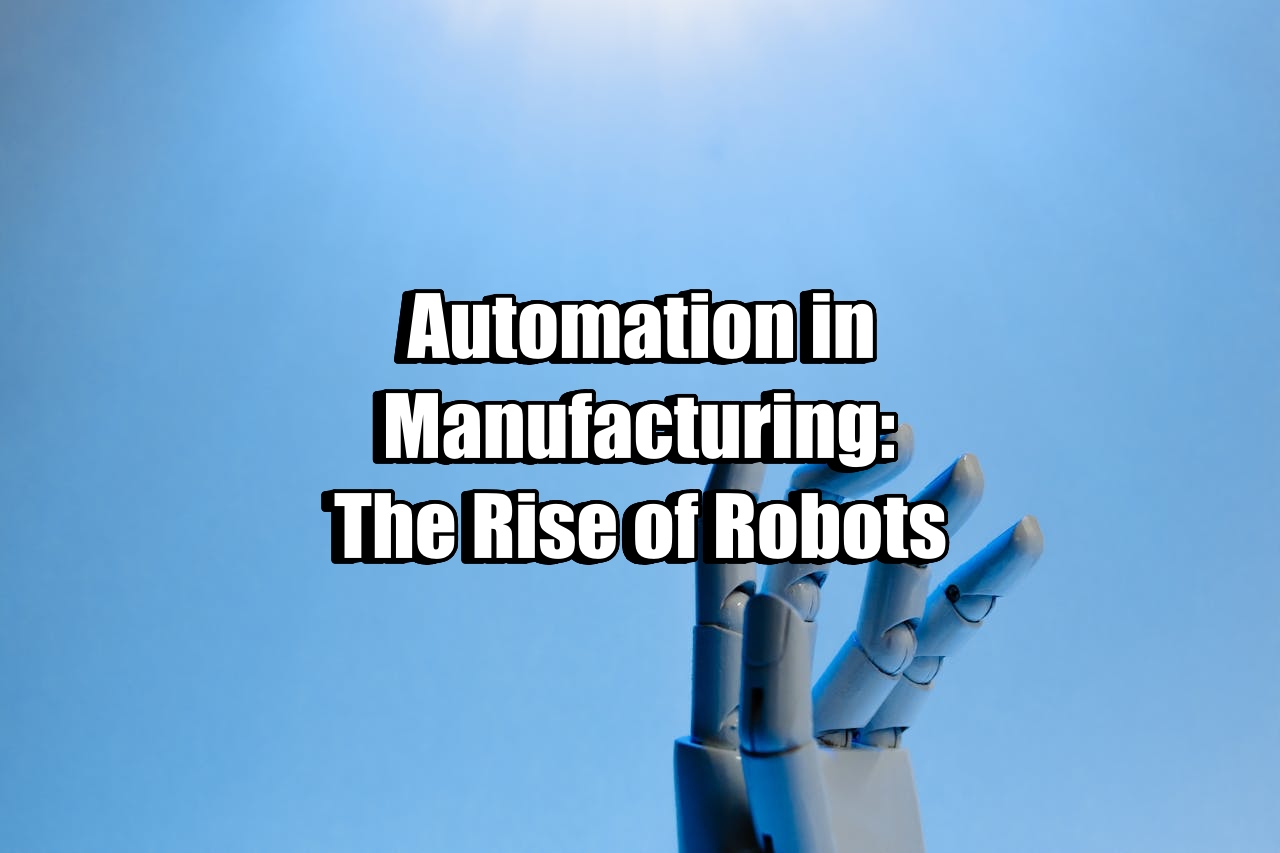Skip to content
Automation in Manufacturing: The Rise of Robots
In the ever-evolving landscape of manufacturing, automation—particularly through robotics—is no longer a futuristic concept but a present-day reality reshaping industries. From automotive assembly lines to high-tech electronics plants, robots are transforming how products are made, improving efficiency, quality, and consistency.
The Robotic Revolution
The introduction of robots in manufacturing has evolved far beyond basic mechanical arms. Modern robots are equipped with advanced sensors, artificial intelligence, and machine learning capabilities. These “smart” machines can adapt to changes, detect defects, and work alongside human operators in collaborative environments (cobots). This flexibility makes automation accessible not only to large corporations but increasingly to small and medium-sized enterprises (SMEs).
Benefits of Automation in Manufacturing
1. Increased Productivity: Robots operate around the clock without fatigue. They speed up production cycles and reduce downtime, allowing manufacturers to meet demand more efficiently.
2. Improved Quality: Automation reduces human error, leading to consistent, high-quality output. Robots can perform precision tasks that are difficult or impossible for humans.
3. Enhanced Safety: Dangerous or repetitive tasks, such as heavy lifting, welding, or exposure to hazardous materials, can be offloaded to robots, reducing workplace injuries.
4. Cost Efficiency: While the initial investment can be high, automation leads to lower operational costs in the long term through reduced waste, less rework, and fewer errors.
Challenges in Robotic Automation
Despite the clear advantages, transitioning to robotic automation poses some challenges.
-
Upfront Costs: Purchasing and installing robotic systems require significant capital.
-
Skills Gap: Workers need training to operate, program, and maintain advanced robotic systems.
-
Integration Complexity: Existing manufacturing systems may need redesign or reconfiguration to incorporate new automation tools.
The Human-Robot Collaboration
A common misconception is that robots will replace human workers entirely. In reality, automation is reshaping roles rather than eliminating them. Cobots, for example, are designed to work side-by-side with humans, handling repetitive tasks while workers focus on complex decision-making and supervision. This synergy increases productivity and job satisfaction.
Future Outlook
As technology advances, we can expect to see more AI-driven robotics capable of predictive maintenance, real-time optimization, and adaptive learning. The integration of Internet of Things (IoT) devices and cloud-based systems will further enhance data collection and process transparency across manufacturing lines.
In conclusion, automation through robotics is not just a trend—it’s a necessary evolution for manufacturers seeking to stay competitive in a global market. Those who embrace the change and invest in upskilling their workforce will lead the way into a smarter, faster, and safer future of production.

No responses yet